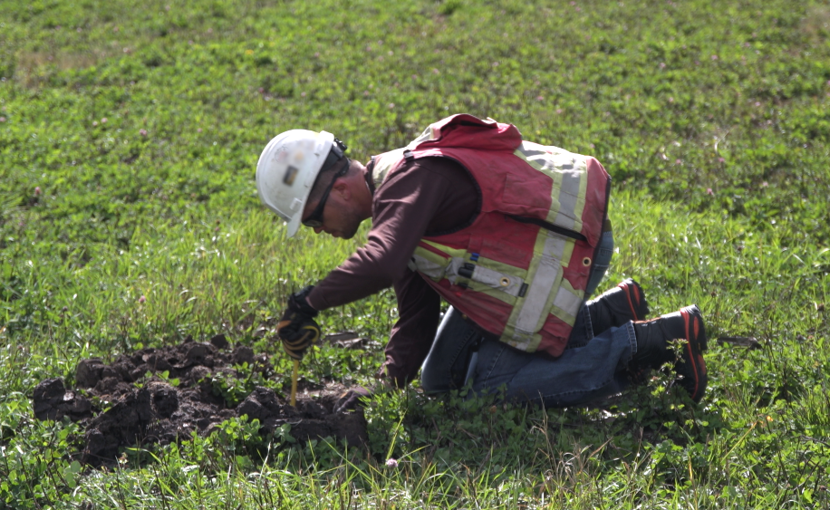Soil Scientist
Soil scientists study the composition, distribution, development, and behaviour of soils. They look at the interaction of soils with organisms, animals, plants, and the atmosphere. They manage soil resources for agricultural production, and to protect water resources and the environment.


